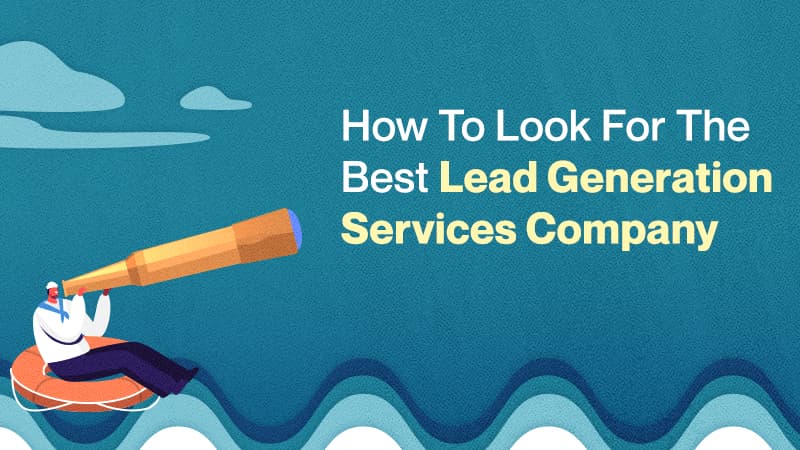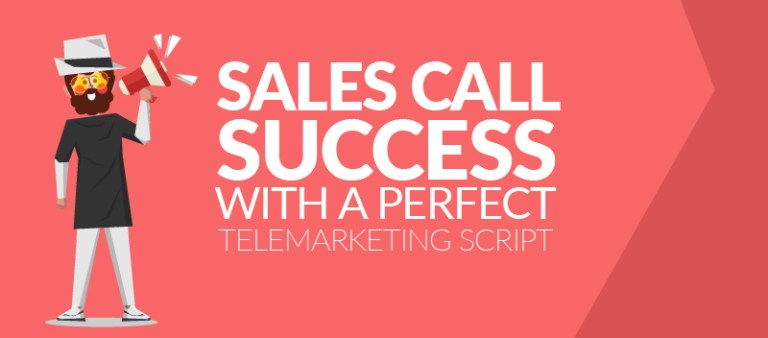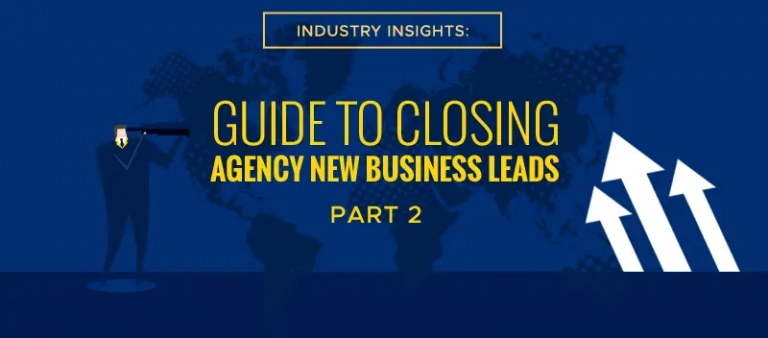Lead generation has been undergoing a lot of changes with the growth of the internet. Different new services that didn’t exist in the early years are now available like account-based marketing, lead generation services, and database management. Many years ago, people have access to limited information and they are dependent on what is being fed to them. Now, however, they can find any kind of information they want with just a click.
While such access presents a lot of advantages, it also has disadvantages for marketers. Social scientist Herbert Simon talked about it saying, “What attention consumes is rather obvious: it consumes the attention of its recipients.” Consumers have their attention on so many things that they don’t focus on just one thing anymore. More so, they learned to ignore the information they don’t want. Because of that, marketers now have to fight tooth and nail to get the attention of prospects.
Fighting Attention Scarcity
To fight attention scarcity, you have to think like your target audience. After all, they’re the ones you are trying to reach and win over. It does not mean creating a new strategy but tweaking your existing one (maybe) just a bit.
Craft the right content and messaging to attract prospects
Remember those kinds of movies where a beautiful woman fell for some ordinary despite being pursued by other guys who are way better in every aspect? If you noticed, there’s one trait why this normal guy wins the girl – he became her best friend!
The same thing goes with marketing. If you want to get your target audience’s “love” and undivided attention, you need to become their trusted advisor. And that can be done by creating content that speaks to their needs and pains. Content that also includes the solution and somehow brings them a eureka moment.
More so, building trust requires patience and consistency. You have to put out content on a regular basis. Consistency sends a message that when your target audience needs you, they can always find you waiting with helpful advice for them.
Related: Amplify Your Leads with These Content Distribution Tips
Choose which inbound and outbound channels to use
Herber Simon also said that because there is a scarcity of attention, there is a “need to allocate that attention efficiently among the overabundance of information sources that might consume it.” In other words, you need to be where your audience is. If they spend more time on Instagram than on Facebook, then you have to invest your lead generation effort on Instagram.
Moreover, a healthy lead generation strategy combines both outbound and inbound channels. You might be tempted to just focus on the inbound marketing but these two make a lethal combination. If your inbound is not enough to cause your prospect to make the purchase, outbound can give them a little extra nudge toward the buying decision.
Related: How to Generate Leads Faster with this Proven Outbound Workflow
Set goals and objectives for each channel
Lead generation is about setting goals. Each finished goal means success. Goals also tell you if your efforts are worth it. Goals also help you arrive at your destination. Without goals, you will just be riding a merry-go-round, going round and round in circles.
When you begin to set goals, think SMART. That means, they should be:
- Specific – what do you want to achieve for each channel?
- Measurable – can you measure it against a metric?
- Achievable – will your team be able to reach it?
- Realistic – is it relevant to the values and vision of your business?
- Time-bound – do you have a deadline for it?
Related: ABM + Outbound: How Targeted Outreach Moves the Needle on ABM
Specify the role each channel plays in driving and capturing new prospects
Consider your channels as your foot soldiers who are marching for battle. To win the war, however, it should be clear to your soldiers what role they play in the team before you deploy them.
As mentioned earlier, using both inbound and outbound channels are beneficial for your lead generation efforts. While there are many specific channels under inbound and outbound marketing, they have two general purposes or uses. Outbound channels are used to introduce your message and content to your target audience. On the other hand, inbound channels allow your audience to know your brand deeper and hopefully convert them.
Creating a Pleasant Sound, Not Noise
There is indeed a lot of noise that competes to get consumers’ attention. The challenge is not to create louder noise but a pleasant sound through valuable content that is deployed across various channels.




